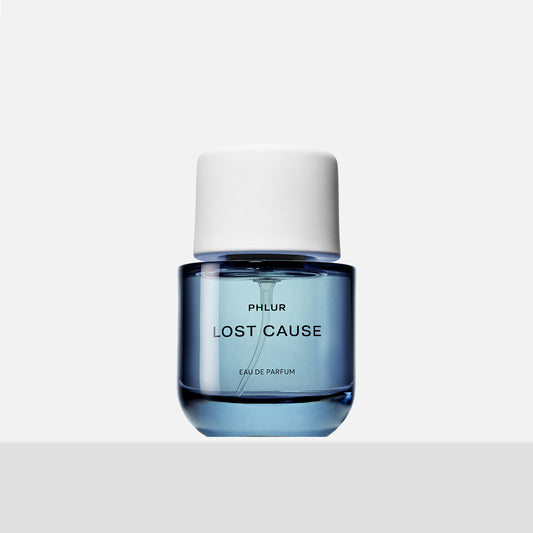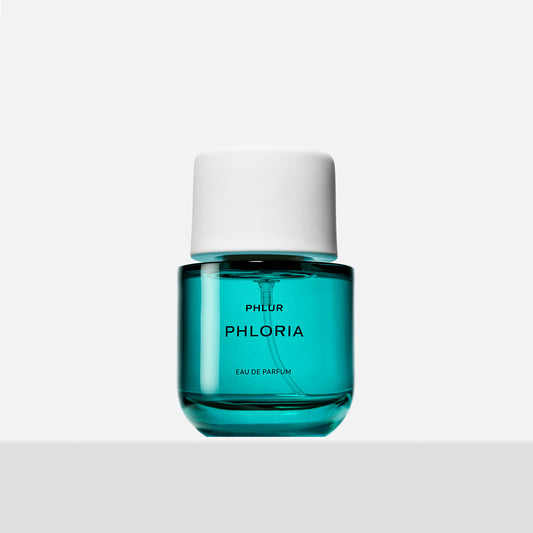What Is Hedione?
Hedione is a synthetic aromatic molecule known by its chemical name methyl dihydrojasmonate or cyclopentaneacetic acid, 3-oxo-2-pentyl-, methyl ester. The scent description of hedione is sweet, fruity, floral, citrus lemon and grapefruit-like with woody jasmine and green nuances. It is versatile, appearing in various types of perfumes, from light and fresh to complex and rich. It often complements other aromas like citrus, floral, and woody to create a harmonious fragrance.
Origin:
Hedione, a synthetic molecule used in perfumery, was first synthesized by Swiss fragrance and flavor company Firmenich in the 1960s. It was created as a cost-effective and stable substitute for the expensive fragrance ingredient jasmine, replicating its fresh and floral scent.
Over time, hedione has become a commonly used ingredient in perfumes, appreciated for its ability to enhance the perception of other aromas and add a sense of brightness and transparency to fragrances. It can be found in a range of perfumes, from light and fresh to complex and rich.
Function:
In perfume development, hedione serves as a modifier, amplifying and elevating the scent of other fragrance components. With its fresh, floral and slightly citrusy aroma, hedione is often utilized as a top note in perfumes. Its ability to enhance the perception of other ingredients and bring a sense of luminosity and clarity to a fragrance makes it a valuable tool for perfumers in creating harmonious and well-rounded scents.
Ingredient Type:
In perfumery, Hedione is considered a safe synthetic raw material. Synthetic raw materials are molecules that are artificially created in a laboratory, as opposed to being extracted from natural sources.
What Does Hedione Smell Like?
Hedione imparts a delicate and fresh aroma, reminiscent of jasmine, with green and floral undertones and a hint of citrus and fruitiness. When used in fragrance development, it is blended with other ingredients such as citrus, floral, and woody notes to create a well-rounded and harmonious scent.
Variations of Hedione in Perfumery:
Hedione has versatile applications in perfumery and comes in various forms to achieve different fragrances. The variations include:
-
Hedione Jasmone - a floral and slightly sweet scent that mimics natural jasmine.
-
Hedione Crystal - a more intense version with a higher concentration of citrusy and fruity notes.
-
Hedione Jasmin - a blend of hedione and jasmine for a more natural jasmine aroma.
-
Hedione Jasminate - a combination of hedione and jasmine absolute for a longer-lasting jasmine scent.
-
Hedione Citrus - a stronger version with a higher concentration of citrusy notes.
These are only a few examples, and there are many more variations of hedione available with varying percentages and ingredients for diverse fragrance profiles.
What Fragrance Family is Hedione in?
On the fragrance family wheel, hedione is categorized as a floral ingredient due to its fresh and slightly citrusy aroma. Floral scents typically include flower-based components like rose, jasmine, and lavender. Hedione is utilized to infuse a sweet and floral fragrance into perfumes. That being said, perfumes can comprise various fragrance families and hedione can be combined with other elements to form unique aromas and belong to different categories, including citrus, green, fruity, and more.






